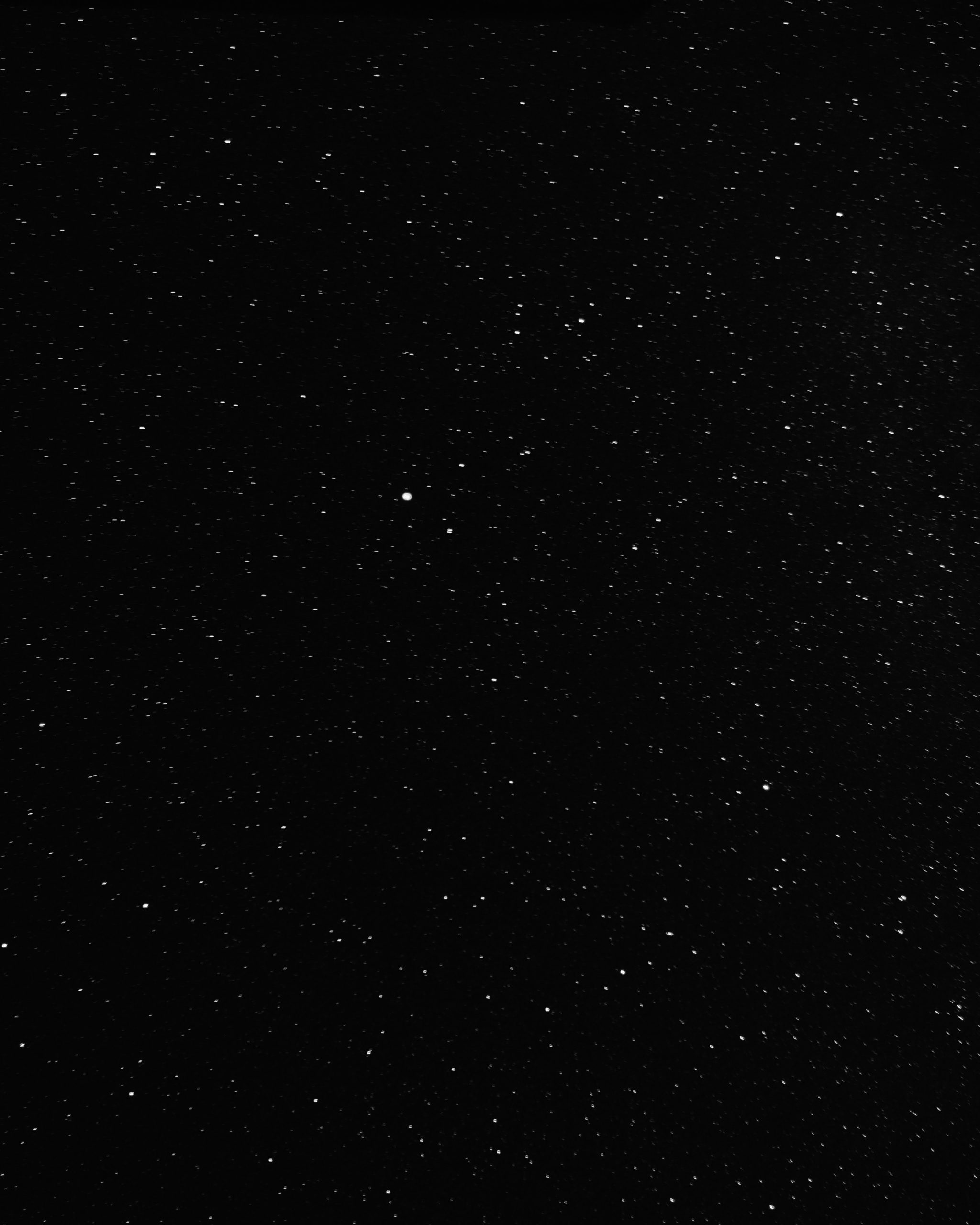Understanding Waxing Gibbous and Waning Gibbous: The Phases of the Moon Explained
Have you ever looked up at the night sky and wondered about the different phases of the moon? From crescents to full moons, the moon goes through a mesmerizing cycle each month. Among these phases, two prominent ones are the waxing gibbous and waning gibbous. In this blog post, we’ll explore these phases in detail, shedding light on what they signify and how they fit into the grand scheme of lunar movements. Let’s dive in!
1. The Basics of the Moon’s Phases
Before we delve into waxing gibbous and waning gibbous, it’s crucial to understand the fundamental concepts of the moon’s phases. The moon doesn’t emit its light; it reflects sunlight. As it orbits around the Earth, different portions of the moon’s illuminated side become visible to us. This process creates distinct phases.
The primary phases of the moon are:
- New Moon
- Waxing Crescent
- First Quarter
- Waxing Gibbous (the phase we’ll focus on here)
- Full Moon
- Waning Gibbous (the other phase we’ll explore in depth)
- Last Quarter
- Waning Crescent
2. Waxing Gibbous: Definition and Characteristics
Waxing gibbous occurs between the first quarter and the full moon. In this phase, more than half of the moon’s surface is illuminated, but it’s not fully illuminated yet. “Waxing” means that the moon is growing or getting larger, and “gibbous” refers to its shape, which is between a half moon and a full moon.
Waxing gibbous is a transition phase towards the full moon, with the moon’s illumination increasing each day. It appears as a beautiful, bright, and rounded segment of the moon, shining prominently in the night sky. The exact appearance of the waxing gibbous phase depends on factors such as atmospheric conditions and your geographic location.
During waxing gibbous, you can observe features on the moon’s surface, such as craters and mountains, with enhanced clarity. Its increasing illumination makes it a favorable period for moon gazers to capture stunning photographs or conduct detailed lunar observations.
3. Waning Gibbous: Definition and Characteristics
On the other side of the lunar cycle, we have waning gibbous. This phase occurs between the full moon and the last quarter. Similar to waxing gibbous, waning gibbous also signifies a phase where more than half of the moon’s surface is still illuminated, but it’s decreasing now.
The term “waning” indicates that the moon is shrinking or getting smaller, while “gibbous” still refers to its shape. During this phase, the moon appears as a slightly faded, but still bright, rounded segment in the sky.
Like in the waxing gibbous phase, waning gibbous allows for detailed observations of the moon’s surface. Moon gazers can continue their explorations and document any changes or shifts that may have occurred since the waxing phase. While the illumination decreases, it’s still substantial enough to reveal the moon’s fascinating features.
4. The Scientific Significance
The study of waxing gibbous and waning gibbous phases, along with the other moon phases, holds significant scientific value. These phases help astronomers and scientists track the moon’s orbit, study its geological features, and gain insights into our solar system.
Observing the changes in the moon’s illumination and shape can provide clues about the amount and angle of sunlight hitting different areas of the lunar surface. These factors, in turn, influence temperature variations, geological formations, and the distribution of elements on the moon.
Additionally, understanding the moon’s phases assists in planning space missions, celestial navigation, and determining the best time for moon-related research activities. By studying waxing gibbous and waning gibbous phases, scientists can refine their knowledge of lunar dynamics and make informed decisions accordingly.
5. Moon Phase Calendar and Observations
If you’re an avid moon gazer or simply intrigued by the moon’s beauty, keeping track of the moon’s phases can enhance your stargazing experiences. Fortunately, various resources provide accurate moon phase calendars, enabling you to plan your observations in advance.
Many smartphone apps offer real-time moon phase information, which can come in handy for photographers or sky enthusiasts. Dedicated websites, astronomical societies, and books on lunar exploration are other valuable sources to expand your knowledge and stay updated on future moon events.
6. Conclusion
Waxing gibbous and waning gibbous are integral parts of the moon’s mesmerizing cycle. These phases signify the moon’s growth towards full illumination and its subsequent decline. Observing the moon during these phases allows for detailed exploration of its surface features and contributes to our understanding of celestial mechanics.
Whether you intend to capture stunning moonlit photographs, embark on scientific endeavors, or simply appreciate the moon’s allure, waxing gibbous and waning gibbous are essential phases to observe. So, grab your telescope, check the moon phase calendar, and prepare to be captivated by the wonders of our closest celestial neighbor.
Table of Contents
